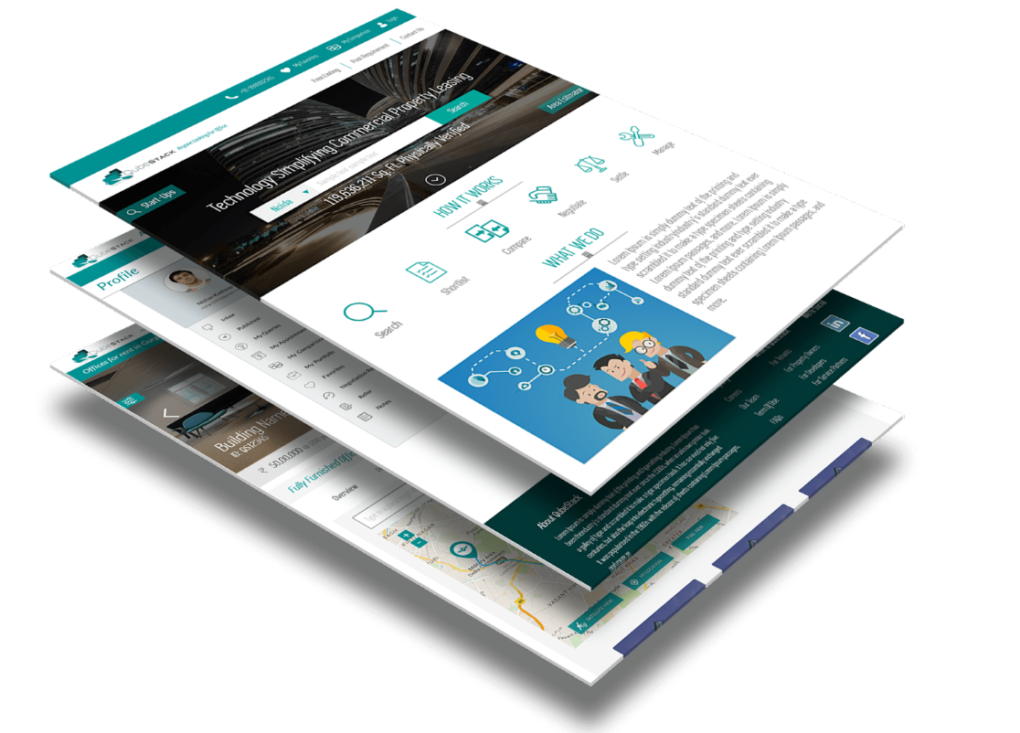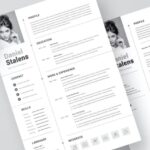In today’s competitive job market, a well-designed resume can be the key to standing out from the crowd. But have you ever considered how music, with its aesthetic and emotional power, can inspire creative resume design? In this article, we’ll explore how musical influences can transform your resume into a work of art that captures the attention of potential employers.
Creative Resume Trends
In the ever-evolving landscape of resume design, creativity has become a coveted asset. Gone are the days when a standard, text-heavy CV sufficed. Today, employers are looking for resumes that not only convey qualifications but also reflect a candidate’s unique personality and flair. Creative resume trends have emerged as a response to this demand.
Modern job seekers are exploring innovative ways to present their credentials. Visual resumes, for instance, have gained popularity. These resumes use graphics, icons, and color schemes to present information in an engaging and easily digestible format. They transform the traditional, black-and-white document into a visual masterpiece.
Infographic resumes are another trend on the rise. These resumes use visual data representations to convey information quickly and effectively. They are perfect for candidates who want to showcase their achievements in a visually appealing manner.
Furthermore, minimalist design is making waves in the resume world. A clean, uncluttered layout with ample white space can convey professionalism and sophistication. It allows the content to shine without distractions.
But how does music fit into these trends? That’s where the magic happens. Music, with its rich visual history in album covers and concert posters, can inspire elements of these creative resume trends. Think about using musical motifs, color palettes, or even typography inspired by your favorite music to infuse a touch of originality into your resume.
Music as a Source of Inspiration
Music is a universal language that transcends boundaries and communicates emotions in ways words alone cannot. It’s this very power of music that can serve as a remarkable source of inspiration for resume design.
Consider album covers, for instance. These artworks are meticulously crafted to convey the essence of an album, its genre, and mood. The visual storytelling within album art is a testament to the fact that design can communicate complex messages effectively.
Incorporating music into your resume can evoke similar emotions and messages. The album cover’s use of color, imagery, and typography can all be borrowed to create a resume that communicates your professional identity. Whether it’s the vibrancy of a rock concert poster or the elegance of classical album art, music can provide a rich palette to draw from.
Moreover, music often carries a narrative. Just as songs tell stories, your resume can tell a story of your career journey and aspirations. You can infuse elements of rhythm and harmony into the layout, making your resume not just a document but a composition.
So, whether you’re a musician seeking a job or simply someone passionate about the art of music, don’t underestimate the power of musical inspiration in crafting a resume that resonates with potential employers. It’s a harmonious blend of art and professionalism that can set you apart in your job search.
Parallels Between Music and Design
When you think about it, music and design share a remarkable synergy that goes beyond what meets the eye. Both are art forms that can convey complex messages, emotions, and stories. Let’s explore some intriguing parallels between the world of music and the realm of resume design.
In music, rhythm is a fundamental element. It sets the pace and creates a sense of flow in a composition. Similarly, in resume design, the layout and structure establish a rhythm. The arrangement of sections, the use of headings, and the flow of content guide the reader through your professional narrative.
Harmony, in music, involves combining different notes or instruments to create a pleasing sound. In design, it’s about achieving a balance between various visual elements – colors, fonts, and graphics – to create an aesthetically pleasing resume. Just as dissonance in music can be jarring, a poorly balanced resume can leave a negative impression.
Contrast, a tool musicians use to highlight specific elements, also applies to design. In music, contrasting dynamics or tonalities can create drama and impact. Similarly, in resume design, contrast through font choices, color contrasts, and size variations can draw attention to key information and make your resume visually engaging.
Moreover, music often tells a story, conveying emotions and themes. A well-designed resume can also be a narrative – your professional journey encapsulated on a page. Just as a symphony moves through different movements, your resume can tell the story of your career progression, from the opening notes of education to the crescendo of achievements.
Visualizing Music in Resume Design

Now, let’s dive into the creative process of visualizing music within your resume design. It’s about taking the essence of music and transforming it into a visual representation that resonates with potential employers.
Start by considering the genre of music that inspires you. Is it the bold and vibrant world of rock ‘n’ roll, the elegance of classical compositions, or the energy of pop music? Each genre carries its own visual language. For instance, rock might inspire edgy, bold designs, while classical might lean towards timeless elegance.
Next, think about how you can incorporate musical elements. Color palettes can be inspired by album covers or concert posters, creating a visual harmony that reflects your chosen genre. Typography choices can mirror the mood of the music – flowing and elegant or bold and dynamic.
Consider the use of imagery. Just as album art often features striking visuals, you can incorporate relevant visuals into your resume, whether it’s musical notes, instruments, or subtle background patterns that evoke the spirit of your chosen music.
Finally, remember that your resume is not just a visual piece; it’s a composition. Think about the layout and how it can mirror the rhythm of your professional story. Perhaps your career achievements build like a musical crescendo, or your education and skills are arranged in a harmonious sequence.
By visualizing music in your resume design, you’re not just creating a document; you’re crafting a piece of art that resonates with both your professional identity and your creative spirit. It’s a harmonious fusion of two powerful forms of expression.
Conclusion:
In the symphony of job seeking, where every note on your resume matters, the influence of music in resume design emerges as a powerful crescendo. As we conclude this exploration of how music can shape your resume into a work of art, it’s crucial to recap the key takeaways.
Your resume is not merely a list of qualifications; it’s your professional story set to the tune of your aspirations. The creative trends in resume design invite you to break free from the confines of convention and explore innovative ways to showcase your skills.
Music, with its rich visual heritage in album covers and concert posters, can be a wellspring of inspiration. Just as music conveys emotions and stories, your resume can become a visual narrative that captivates potential employers.
FAQ:
Q1: Can I incorporate music-related imagery in my resume?
A: Certainly! Using music-related imagery like musical notes, instruments, or album art can add a unique touch to your resume design. Just ensure it aligns with your professional field and doesn’t overshadow your qualifications.
Q2: How can I choose the right music for inspiration?
A: Experiment with different music genres and artists to find what resonates with your creative sensibilities. Consider the mood and message you want to convey in your resume and match it to music accordingly.
Q3: Is a creative resume suitable for all industries?
A: While creative resumes work well in design, marketing, and artistic fields, they may not be ideal for highly formal industries like law or finance. It’s essential to tailor your resume to the expectations of your specific industry.

